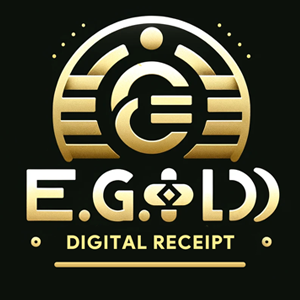Gold has been a trusted store of value for centuries, while Bitcoin represents the cutting edge of financial innovation. Combining these two worlds allows you to invest in gold using Bitcoin, bridging traditional and modern investment strategies. In this guide, we’ll explore how to buy gold with Bitcoin, the benefits of doing so, trusted platforms, and everything else you need to know to make a seamless transaction.
Table of Contents
- Why Buy Gold with Bitcoin?
- Benefits of Using Bitcoin to Purchase Gold
- Top Platforms to Buy Gold with Bitcoin
- Types of Gold You Can Buy with Bitcoin
- Step-by-Step Guide to Buying Gold with Bitcoin
- Comparing Gold and Bitcoin as Investments
- Risks and Considerations When Buying Gold with Bitcoin
- Storing and Managing Your Gold Investment
- The Role of Bitcoin in Modern Precious Metals Trading
- FAQs About Buying Gold with Bitcoin
Why Buy Gold with Bitcoin?
Buying gold with Bitcoin combines the stability of gold with the innovative potential of cryptocurrency. Investors who have accumulated Bitcoin and want to diversify their portfolio often turn to gold as a secure and time-tested asset. Bitcoin offers a fast, borderless, and private way to acquire physical gold, enabling seamless global transactions without relying on traditional banking systems. It also allows investors to lock in profits from Bitcoin during price rallies while transitioning their value into the stability of gold.
Benefits of Using Bitcoin to Purchase Gold
1. Instant Global Transactions
Bitcoin allows you to purchase gold from international dealers without dealing with exchange rates or lengthy bank processing times. Transactions are completed within minutes, no matter where you or the dealer are located.
2. Privacy and Anonymity
Bitcoin transactions offer a higher level of privacy compared to traditional payment methods. This appeals to investors who value discretion when making large purchases.
3. Lower Fees
While credit card or bank wire fees can be significant for high-value transactions, Bitcoin payments typically involve lower fees, making it a cost-effective option for buying gold.
4. Hedge Against Volatility
Converting Bitcoin into gold can help you hedge against Bitcoin’s volatility while preserving the value of your investment. Gold provides a stable and reliable store of wealth.
5. Accessibility
Bitcoin enables people in regions with limited access to traditional banking or financial systems to invest in gold. All you need is a Bitcoin wallet and internet access.
Types of Gold You Can Buy with Bitcoin
1. Gold Coins
Gold coins like the American Gold Eagle, Canadian Maple Leaf, and South African Krugerrand are highly sought after. They are easy to trade, widely recognized, and available in various sizes.
2. Gold Bars
Gold bars are ideal for investors seeking lower premiums and bulk purchases. They range from small 1-gram bars to larger 1-kilogram or 400-ounce bars for institutional buyers.
3. Gold Rounds
Gold rounds are private-minted pieces that resemble coins but do not have a government-backed face value. They are a cost-effective way to acquire gold.
4. Collectible and Limited-Edition Gold
Some dealers offer collectible or rare gold coins that appeal to investors and collectors alike. These products often carry higher premiums due to their rarity and craftsmanship.
Step-by-Step Guide to Buying Gold with Bitcoin
Step 1: Research Trusted Dealers
Identify reputable dealers that accept Bitcoin. Look for platforms with transparent pricing, clear policies, and positive customer reviews.
Step 2: Select Your Gold Product
Choose the gold product that aligns with your investment goals, whether it’s coins, bars, or collectible pieces.
Step 3: Add to Cart and Choose Bitcoin as Payment Method
Once you’ve selected your product, add it to your cart and proceed to checkout. Select Bitcoin as your preferred payment method.
Step 4: Complete the Bitcoin Transaction
The dealer will provide a wallet address or QR code. Use your Bitcoin wallet to send the required amount. Ensure you include the transaction fee to avoid delays.
Step 5: Confirm and Track Your Order
After completing the transaction, you’ll receive an order confirmation. If purchasing physical gold, track the shipment using the dealer’s tracking system.
Comparing Gold and Bitcoin as Investments
| Feature | Gold | Bitcoin |
|---|---|---|
| Nature | Physical, tangible asset | Digital, intangible currency |
| Volatility | Stable, low volatility | High volatility |
| Growth Potential | Limited, steady growth | High growth potential |
| Liquidity | Moderate (requires sale channels) | Highly liquid, tradeable 24/7 |
| Storage | Requires physical storage | Stored in digital wallets |
| Inflation Hedge | Long-term inflation hedge | Hedge against fiat devaluation |
Risks and Considerations When Buying Gold with Bitcoin
1. Bitcoin Price Volatility
Bitcoin’s value can fluctuate significantly within minutes. This may impact the total cost of your gold purchase if the price changes during the transaction process.
2. Transaction Fees
While Bitcoin fees are generally lower than bank fees, they can increase during periods of network congestion.
3. Reputable Dealers
Ensure you only buy from trusted dealers to avoid scams or counterfeit gold. Look for dealers with established reputations and third-party certifications.
4. Storage Costs
If you’re purchasing physical gold, consider storage costs, whether you store it at home, in a bank vault, or in a private facility.
5. Tax Implications
Buying gold with Bitcoin may have tax implications depending on your jurisdiction. Consult with a tax professional to understand capital gains tax or other liabilities.
Storing and Managing Your Gold Investment
Once you’ve purchased gold with Bitcoin, proper storage and management are crucial.
Home Storage
Use a fireproof and waterproof safe to store your gold securely at home. This option offers immediate access but comes with the risk of theft.
Bank Vaults
Renting a safety deposit box at a bank is a secure way to store your gold. However, access is limited to bank hours.
Private Vaults
Private storage companies like Brinks or Loomis offer high-security vaults for precious metals. These facilities provide insurance and 24/7 monitoring.
Dealer Storage
Some dealers offer secure storage solutions for your gold, often for an additional fee. This is a convenient option for large purchases.
The Role of Bitcoin in Modern Precious Metals Trading
Bitcoin has revolutionized how people buy and sell precious metals, including gold. It eliminates the need for intermediaries, reduces transaction costs, and enables global access to gold markets. By combining the stability of gold with the innovation of Bitcoin, investors can diversify their portfolios and hedge against economic uncertainty in a rapidly changing financial landscape.
FAQs About Buying Gold with Bitcoin
1. Can I buy gold with other cryptocurrencies besides Bitcoin?
Yes, many dealers also accept Ethereum, Litecoin, and stablecoins like USDT.
2. Are there fees for using Bitcoin to buy gold?
Yes, Bitcoin transactions typically involve network fees, which vary based on network congestion.
3. Is it safe to buy gold with Bitcoin?
Yes, as long as you use a reputable dealer and ensure your Bitcoin transaction is properly processed.
4. Can I store my gold purchase with the dealer?
Many dealers offer storage options for an additional fee. Check their terms before purchasing.
5. Do I need a Bitcoin wallet to buy gold?
Yes, you need a Bitcoin wallet to send the payment. Wallets like Coinbase, Binance, or hardware wallets like Ledger are commonly used.
6. Can I sell my gold for Bitcoin later?
Yes, many platforms and dealers allow you to sell gold in exchange for Bitcoin, providing liquidity for your assets.
7. What types of gold can I buy with Bitcoin?
You can buy coins, bars, rounds, and even collectible gold pieces with Bitcoin.
8. Are there tax implications for buying gold with Bitcoin?
Depending on your country, you may be subject to capital gains tax when using Bitcoin to purchase gold. Consult a tax professional for guidance.
Advantages of Buying Gold with Bitcoin
Buying gold with Bitcoin provides a unique opportunity to leverage the strengths of both assets. Here are some key advantages:
1. Portfolio Diversification
Investing in gold and Bitcoin offers a balance between stability and growth. Gold acts as a hedge against inflation and market volatility, while Bitcoin provides high growth potential as a digital asset. Together, they create a well-rounded investment strategy.
2. Seamless Global Transactions
Bitcoin eliminates the barriers of traditional banking systems, allowing investors to purchase gold across borders with ease. This is particularly beneficial for individuals in countries with limited access to international gold markets.
3. Fractional Purchases
Bitcoin allows for fractional transactions, meaning you can buy small amounts of gold even if you don’t have enough Bitcoin to purchase an entire gold coin or bar. This flexibility makes it accessible for investors of all budgets.
4. Quick and Secure Payments
Bitcoin transactions are processed quickly and securely on the blockchain. This ensures that your payment is recorded transparently and cannot be tampered with, reducing the risk of fraud.
5. Preservation of Wealth
Converting Bitcoin into gold allows you to lock in the value of your cryptocurrency and preserve it in a stable asset. This is particularly useful during periods of Bitcoin price volatility.
What to Look for in a Gold Dealer Accepting Bitcoin
When choosing a platform or dealer to buy gold with Bitcoin, consider the following factors:
1. Reputation
Choose a dealer with a strong reputation in the precious metals market. Look for customer reviews, ratings, and accreditations from organizations like the Better Business Bureau (BBB).
2. Transparent Pricing
Reputable dealers display transparent pricing that includes the spot price of gold, any premiums, and additional fees. Be cautious of dealers with hidden costs.
3. Payment Process
Ensure the dealer’s Bitcoin payment process is straightforward and secure. Platforms that use trusted Bitcoin payment processors like BitPay are typically reliable.
4. Shipping and Insurance
If you’re buying physical gold, check the dealer’s shipping options. Confirm that the shipment is insured and trackable to ensure safe delivery.
5. Storage Options
Some dealers offer storage solutions for gold purchased with Bitcoin. This can be a convenient option if you don’t want to store gold at home or in a bank vault.
6. Redemption Policies
If you’re purchasing tokenized gold (crypto gold), verify the redemption policies. Ensure you can convert your tokens into physical gold if needed and check for associated fees.
How to Protect Yourself When Buying Gold with Bitcoin
While buying gold with Bitcoin is convenient, there are risks involved. Here’s how to protect yourself:
1. Verify Dealer Authenticity
Research the dealer’s credentials and certifications. Avoid unverified platforms or private sellers that lack transparency.
2. Use Secure Wallets
Use a trusted Bitcoin wallet to complete your transaction. Hardware wallets like Ledger or Trezor offer enhanced security for large transactions.
3. Double-Check Payment Details
When sending Bitcoin, double-check the wallet address provided by the dealer. Bitcoin transactions are irreversible, so mistakes cannot be undone.
4. Track Your Order
After purchasing physical gold, ensure you receive a tracking number and monitor the shipment until it’s delivered.
5. Keep Records
Maintain records of your transaction, including payment confirmations, invoices, and receipts. These documents can be useful for tax purposes or in case of disputes.
Tokenized Gold: An Alternative to Physical Gold
In addition to purchasing physical gold, many investors are exploring tokenized gold, also known as crypto gold. Tokenized gold combines the stability of gold with the convenience of blockchain technology. Here’s how it works:
What is Tokenized Gold? Tokenized gold is represented by digital tokens on a blockchain. Each token is backed by a specific amount of physical gold stored in secure vaults. Examples of popular tokenized gold projects include Paxos Gold (PAXG) and Tether Gold (XAUT).
Advantages of Tokenized Gold Tokenized gold provides the same stability as physical gold while offering the liquidity and ease of trading associated with cryptocurrencies. It allows investors to own fractional amounts of gold and eliminates the need for physical storage.
How to Buy Tokenized Gold with Bitcoin You can buy tokenized gold on cryptocurrency exchanges that support Bitcoin trading pairs. Once purchased, the tokens are stored in your digital wallet and can be redeemed for physical gold if desired.
Future Trends in Buying Gold with Bitcoin
The intersection of gold and cryptocurrency continues to evolve, and several trends are shaping the future of this market:
1. Wider Adoption
More gold dealers are likely to accept Bitcoin and other cryptocurrencies as payment, driven by increased demand from crypto-savvy investors.
2. Enhanced Security
Blockchain technology is enhancing the transparency and security of gold transactions, reducing the risk of fraud and counterfeiting.
3. Integration with Decentralized Finance (DeFi)
Tokenized gold is becoming a popular asset in the DeFi ecosystem. Investors can use tokenized gold as collateral for loans or earn passive income through staking.
4. Central Bank Digital Currencies (CBDCs)
As central banks develop digital currencies, the integration of Bitcoin and gold in these systems could create new opportunities for hybrid investments.
5. Fractional Gold Ownership
The ability to buy fractional amounts of gold using Bitcoin is making gold investment accessible to a broader audience, including younger and smaller-scale investors.
FAQs About Buying Gold with Bitcoin (Continued)
7. Can I store my gold investment in a crypto wallet?
If you’re buying tokenized gold, it can be stored in a crypto wallet. Physical gold must be stored in a safe, vault, or dealer-provided storage facility.
8. Is buying gold with Bitcoin legal?
Yes, buying gold with Bitcoin is legal in most countries. However, regulations regarding cryptocurrency payments may vary, so check your local laws.
9. What happens if Bitcoin’s price changes during the transaction?
Bitcoin’s volatility may impact the transaction cost if the price changes before confirmation. Some dealers lock the Bitcoin price for a limited time to mitigate this risk.
10. Can I convert my gold back into Bitcoin?
Yes, many platforms allow you to sell gold for Bitcoin, enabling you to transition between the two assets as needed.
11. Is tokenized gold better than physical gold?
Tokenized gold offers liquidity and ease of storage, while physical gold provides a tangible, traditional investment. The choice depends on your investment goals.
12. How do taxes work when buying gold with Bitcoin?
Using Bitcoin to buy gold may trigger capital gains tax if the Bitcoin has appreciated in value since you acquired it. Consult a tax professional for guidance.
13. Are there transaction limits when buying gold with Bitcoin?
Some dealers impose minimum or maximum purchase limits for Bitcoin transactions. Check the dealer’s terms before buying.
14. What are the risks of storing physical gold at home?
Storing gold at home carries risks such as theft or damage. Use a high-quality safe and consider insurance to mitigate these risks.
15. Can I use Bitcoin to buy gold internationally?
Yes, Bitcoin’s borderless nature allows you to purchase gold from international dealers. Ensure the dealer offers shipping to your location.
Buying gold with Bitcoin is a modern and convenient way to combine the benefits of cryptocurrency with the stability of precious metals. Whether you choose physical gold or tokenized gold, this investment strategy offers flexibility, global access, and a hedge against economic uncertainty. With trusted platforms, secure storage, and careful planning, you can confidently diversify your portfolio with gold using Bitcoin.
NOTE
This Content is the copyrighted content of EE.GOLD. All rights are reserved. You are welcome to share or use our content only by including direct links to our website. Any other form of reproduction, distribution, or use without proper attribution is strictly prohibited.
This Content is intended solely for educational purposes. The information provided does not constitute financial or investment advice.
Please note that Digital Storage Receipt, Secure Storage Solutions, and Physical Gold Sales are the only services offered by EE.GOLD.
We strictly adhere to government regulations and are firmly against all illegal financial or investment activities globally.
For further inquiries, feel free to contact us through our official channels.

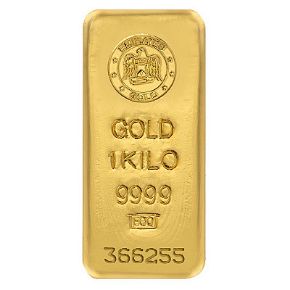
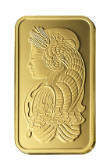
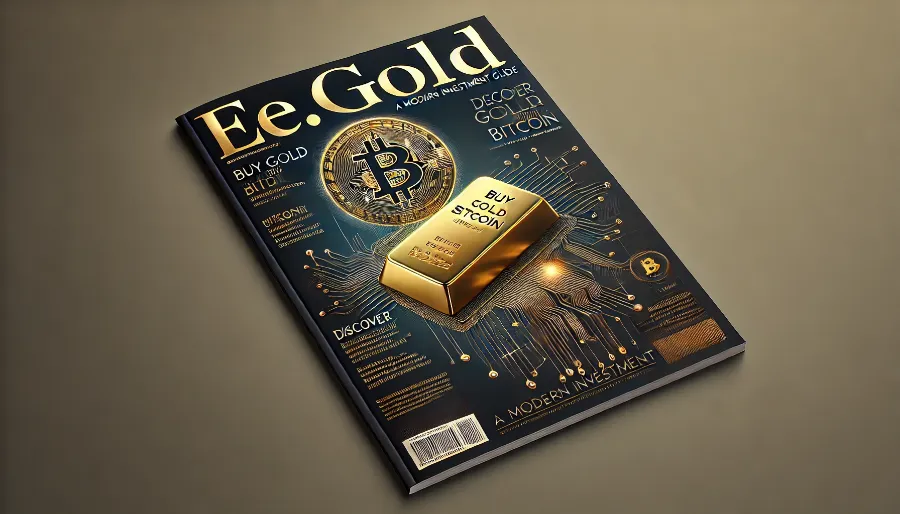
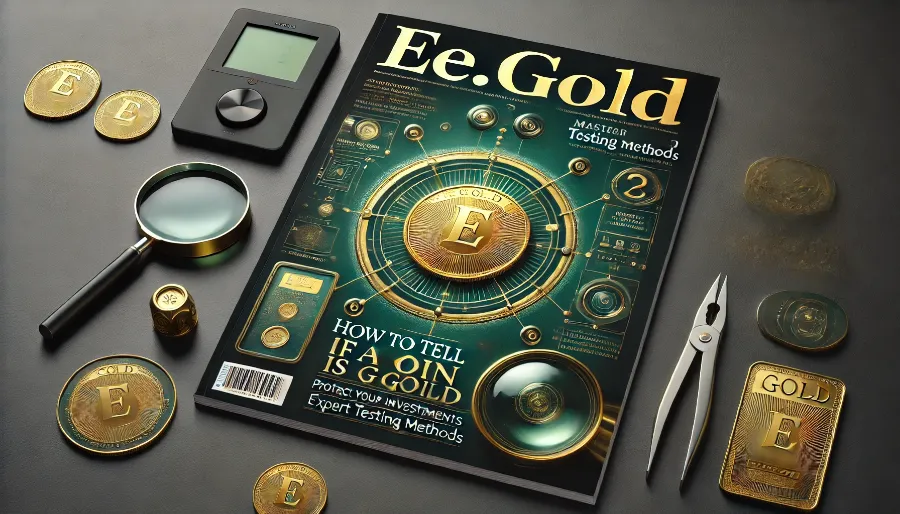
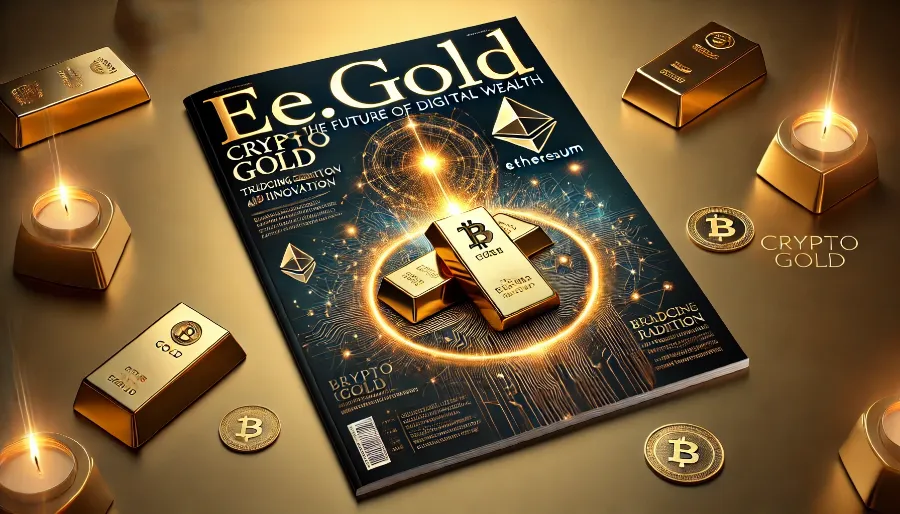


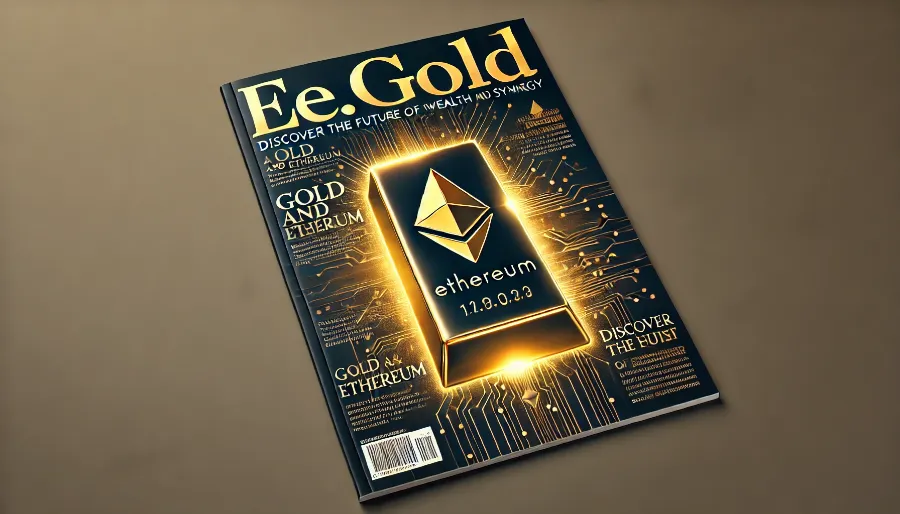
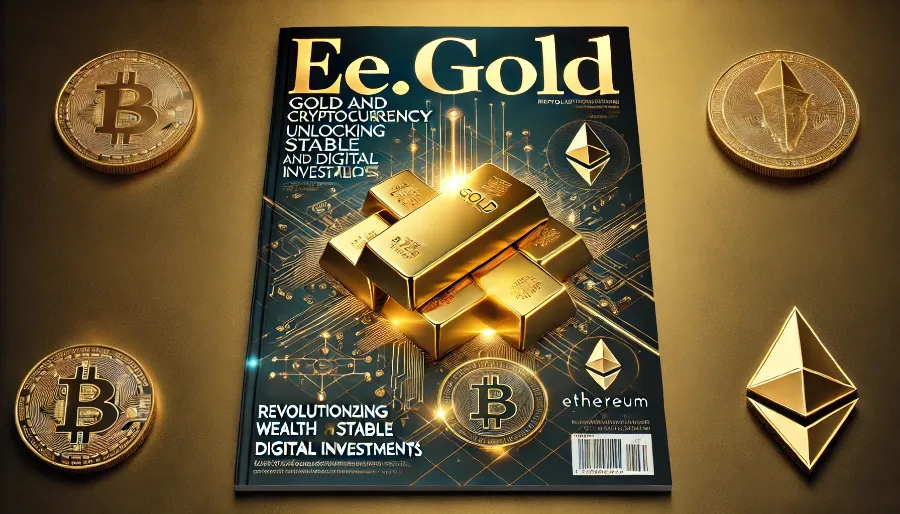
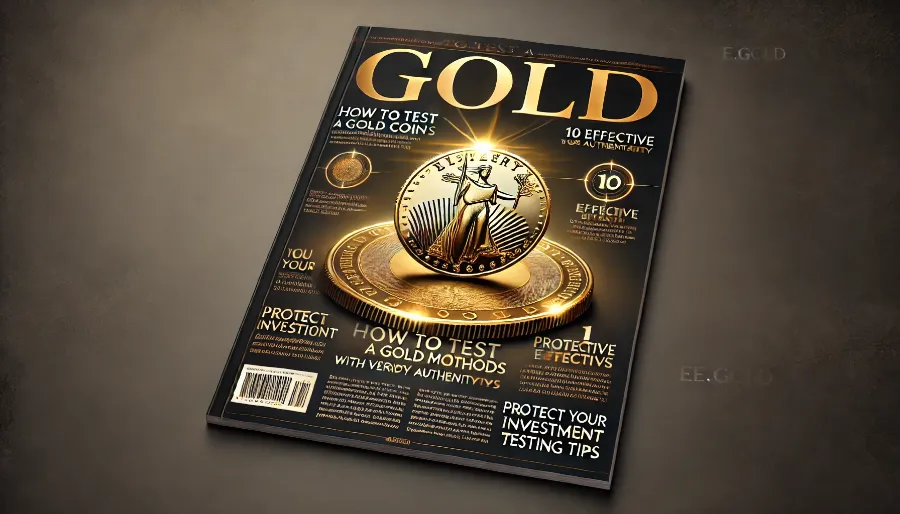
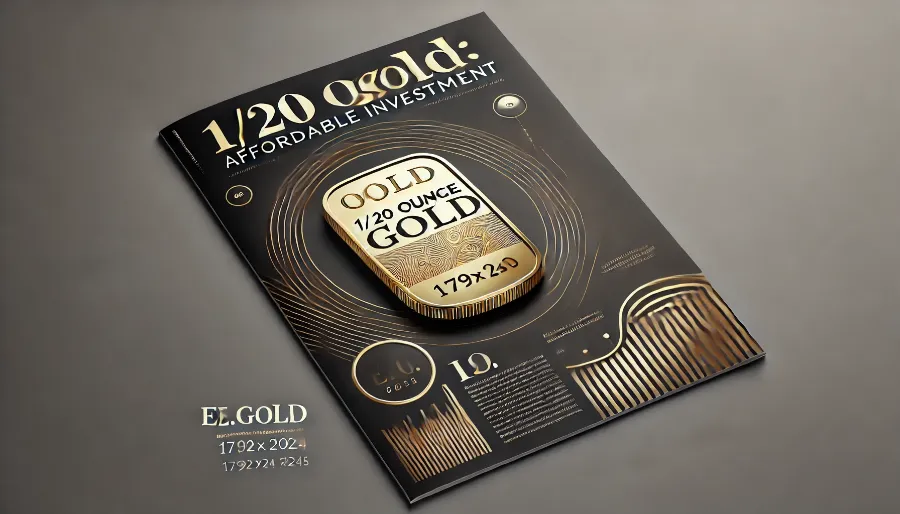
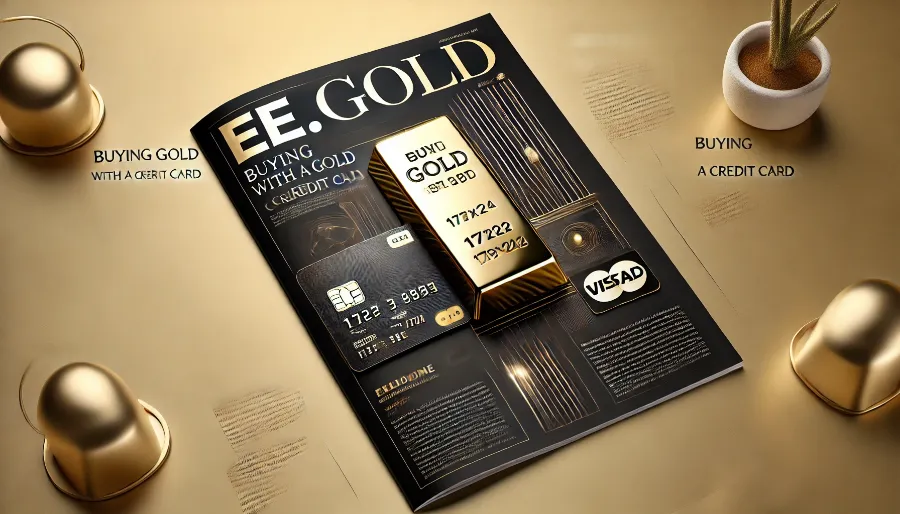


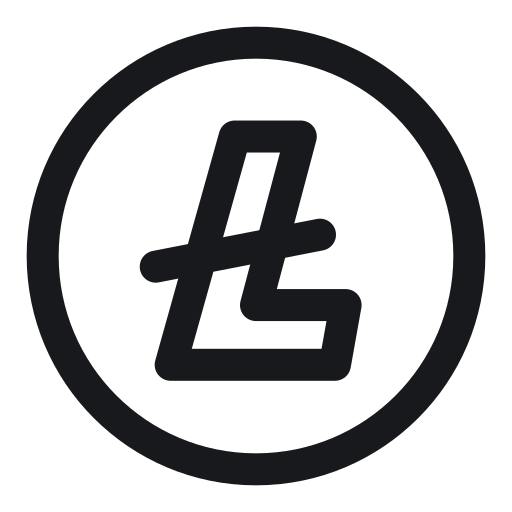
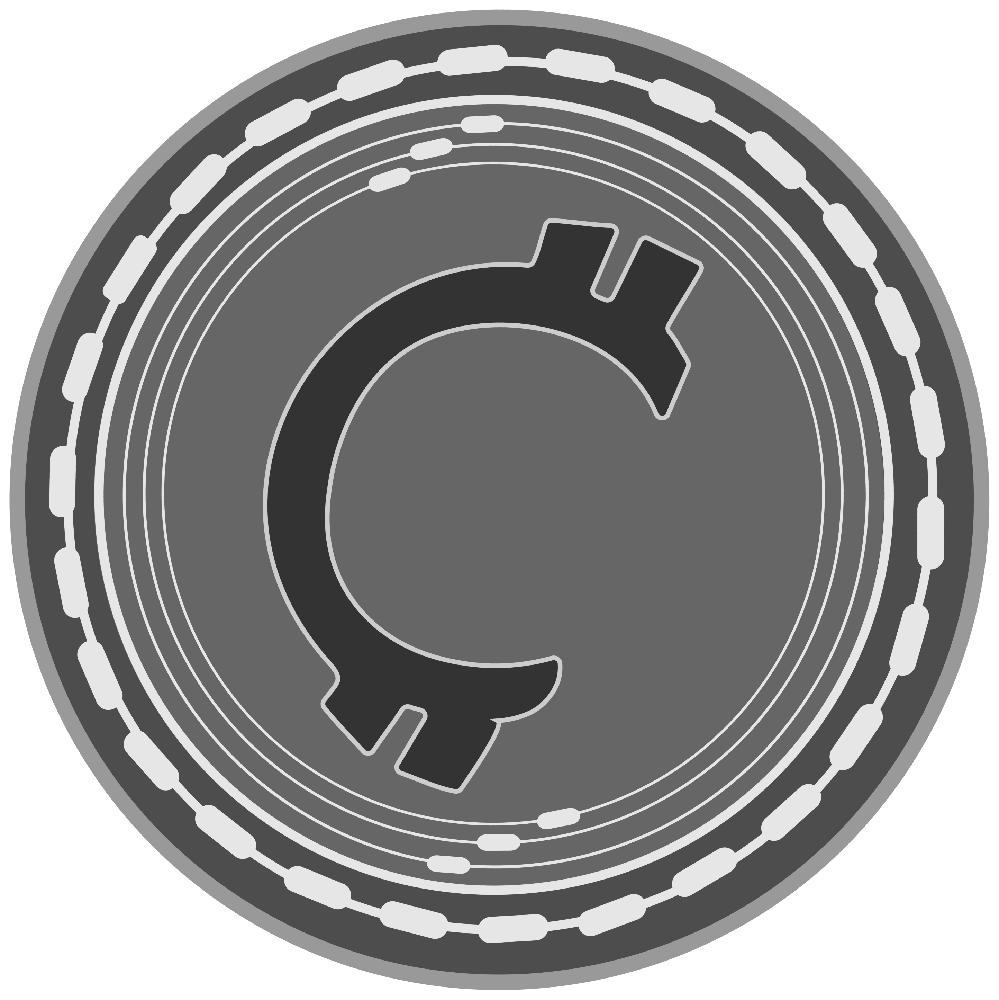
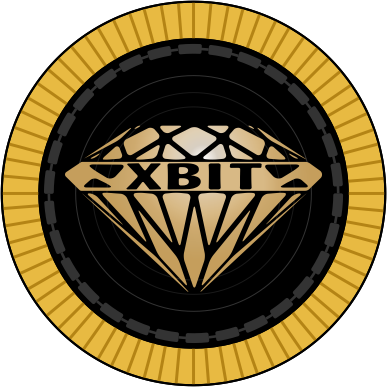


.png)

